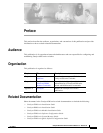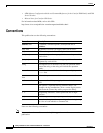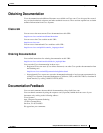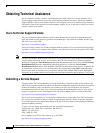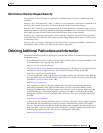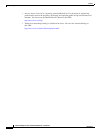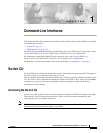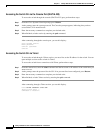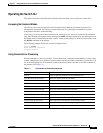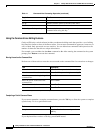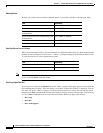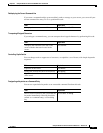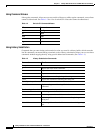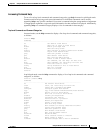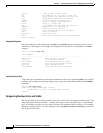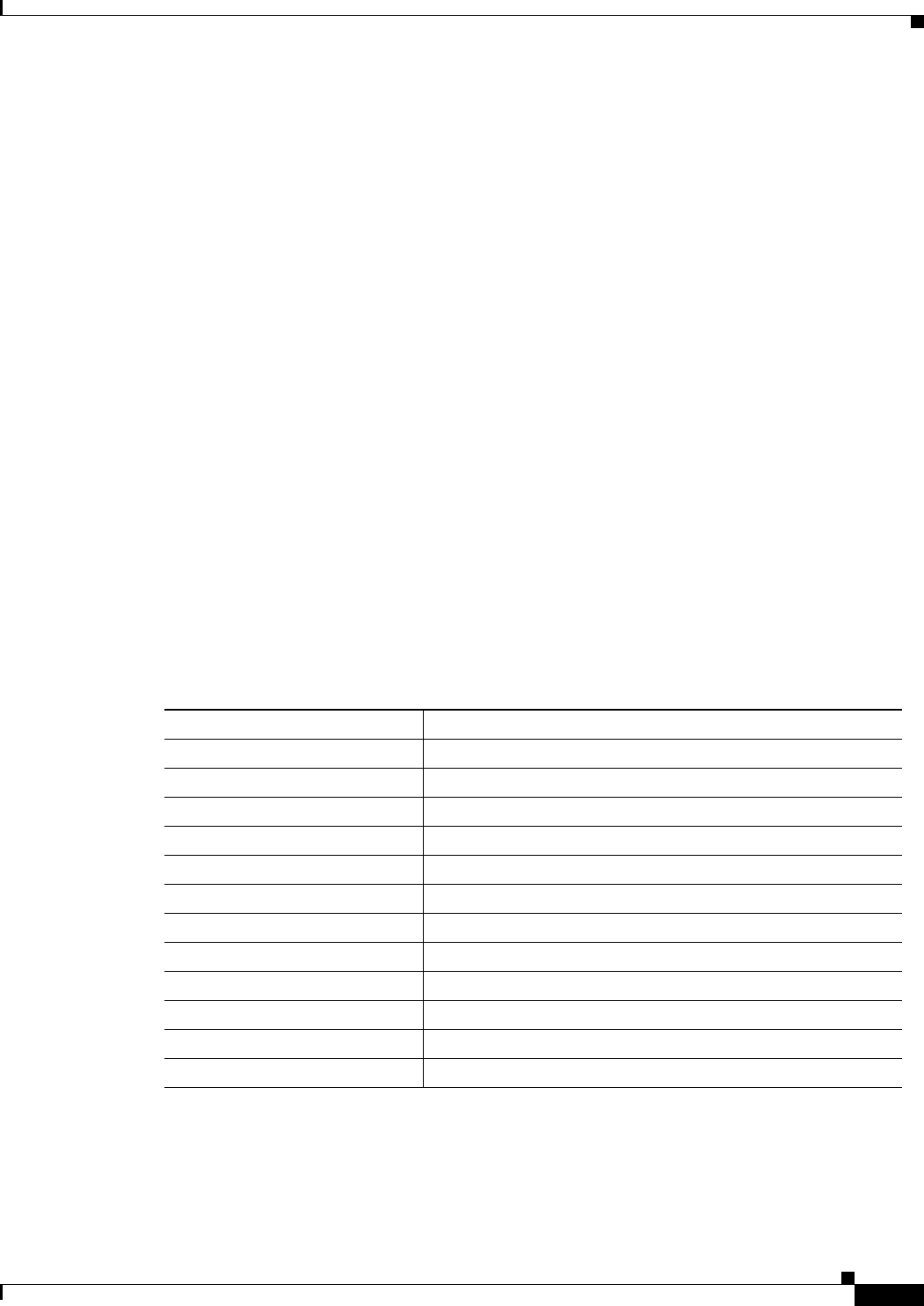
1-3
Catalyst 6500 Series Switch Command Reference—Release 8.4
OL-6244-01
Chapter 2 Catalyst 6500 Series Switch and ROM Monitor Commands
Switch CLI
Operating the Switch CLI
This section describes command modes and functions that allow you to operate the switch CLI.
Accessing the Command Modes
The CLI has two modes of operation: normal and privileged. Both are password-protected. Use
normal-mode commands for everyday system monitoring. Use privileged commands for system
configuration and basic troubleshooting.
After you log in, the system enters normal mode, which gives you access to normal-mode commands
only. You can enter privileged mode by entering the enable command followed by the enable password.
Privileged mode is indicated by the word “enable” in the system prompt. To return to normal mode, enter
the disable command at the prompt.
The following example shows how to enter privileged mode:
Console> enable
Enter password: <password>
Console> (enable)
Using Command-Line Processing
Switch commands are not case sensitive. You can abbreviate commands and parameters as long as they
contain enough letters to be different from any other currently available commands or parameters. You
can scroll through the last 20 commands stored in the history buffer and enter or edit the command at
the prompt. (See Table 1-1.)
Table 1-1 Command-Line Processing Keystroke
Keystroke Function
Ctrl-A Jumps to the first character of the command line.
Ctrl-B or the left arrow key Moves the cursor back one character.
Ctrl-C Escapes and terminates prompts and tasks.
Ctrl-D Deletes the character at the cursor.
Ctrl-E Jumps to the end of the current command line.
Ctrl-F or the right arrow key
1
Moves the cursor forward one character.
Ctrl-K Deletes from the cursor to the end of the command line.
Ctrl-L; Ctrl-R Repeats current command line on a new line.
Ctrl-N or the down arrow key
1
Enters next command line in the history buffer.
Ctrl-P or the up arrow key
1
Enters previous command line in the history buffer.
Ctrl-U; Ctrl-X Deletes from the cursor to the beginning of the command line.
Ctrl-W Deletes last word typed.



